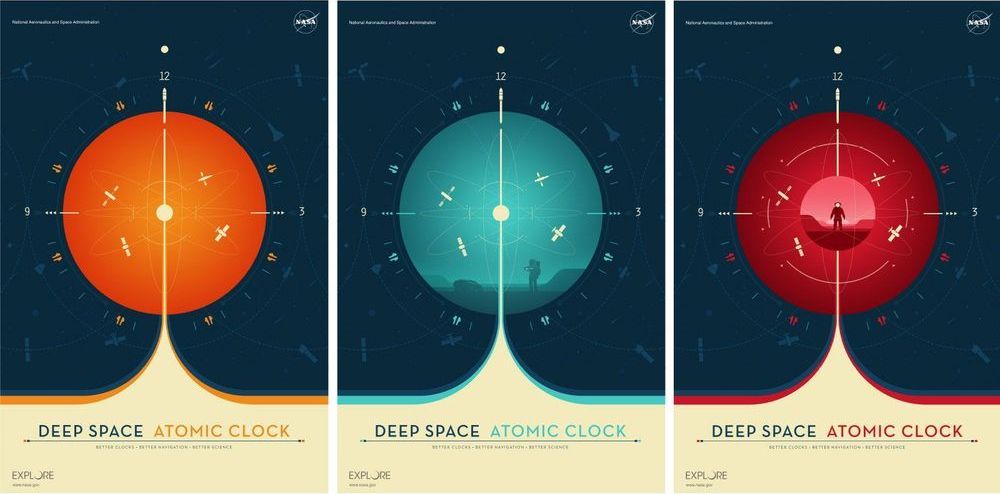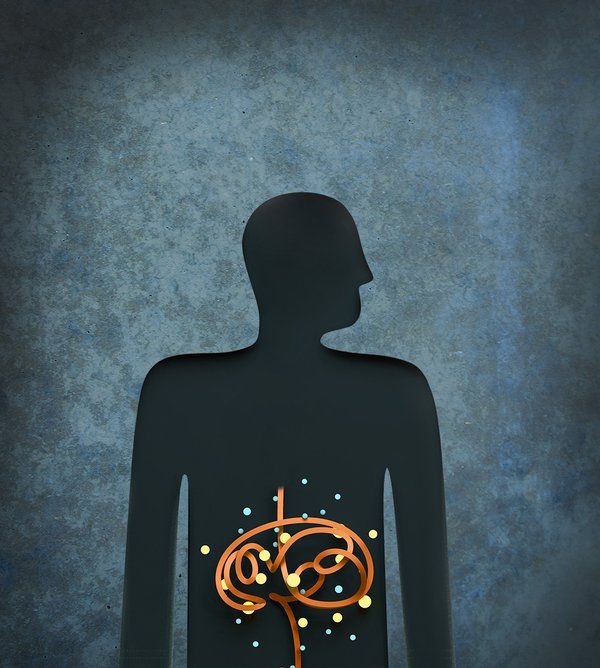Page 9018
Jun 20, 2019
Japanese Railways Implement Special Tunnels for Slow-Moving Turtles to Safely Cross
Posted by Quinn Sena in category: transportation
In coordination with Suma Aqualife Park, the West Japan Railway Company in Kobe came up with a wonderful plan to keep turtles safe from the tracks while the trains pass through them. Slow-moving turtles are now safe and do not fall under the risk of being crushed under the wheels of trains. Due to turtles coming under trains, both lives are lost as well as delays are caused as the rail-switching mechanisms get spoilt. Now, due to the tiny channels located underneath the tracks, this problem is avoided and also, the turtle’s lives are saved.
Jun 20, 2019
Researchers find quantum gravity has no symmetry
Posted by Genevieve Klien in categories: quantum physics, space
June 19, 2019 Kavli Institute for the Physics and Mathematics of the Universe (Kavli IPMU)
Jun 20, 2019
NASA’s Deep Space Atomic Clock Will Transform Space Exploration
Posted by Genevieve Klien in category: space travel
What Is an Atomic Clock?
Clock is ticking: A technology demonstration that could transform the way humans explore space is nearing its target launch date of June 24, 2019. Developed by NASA’s Jet Propulsion Laboratory in Pasadena, California, the Deep Space Atomic Clock is a serious upgrade to the satellite-based atomic clocks that, for example, enable the GPS on your phone.
Jun 20, 2019
In Hawaii, Construction to Begin on Disputed Telescope Project
Posted by Genevieve Klien in category: space
Work on the Thirty Meter Telescope on Mauna Kea, bitterly opposed by Hawaiian activists, may soon be underway.
Jun 20, 2019
New technique makes it possible to see around corners
Posted by Genevieve Klien in category: electronics

Computer vision researchers report using special light sources and sensors to see around corners or through gauzy filters, letting them reconstruct the shapes of unseen objects.
Jun 20, 2019
Microbes Help Produce Serotonin in Gut
Posted by Richard Christophr Saragoza in categories: biotech/medical, neuroscience
Though serotonin is well known as a brain neurotransmitter, it is estimated that 90 percent of the body’s serotonin is made in the digestive tract. In fact, altered levels of this peripheral serotonin have been linked to diseases such as irritable bowel syndrome, cardiovascular disease, and osteoporosis. New research at Caltech, published in the April 9 issue of the journal Cell, shows that certain bacteria in the gut are important for the production of peripheral serotonin.
Jun 20, 2019
India Plans To Launch Its Own Space Station By 2030
Posted by Paul Battista in category: space
Jun 20, 2019
Researchers develop ‘vaccine’ against attacks on machine learning
Posted by Quinn Sena in categories: biotech/medical, information science, robotics/AI
Researchers from CSIRO’s Data61, the data and digital specialist arm of Australia’s national science agency, have developed a world-first set of techniques to effectively ‘vaccinate’ algorithms against adversarial attacks, a significant advancement in machine learning research.
Jun 20, 2019
Serotonin linked to somatic awareness, a condition long thought to be imaginary
Posted by Xavier Rosseel in category: biotech/medical
International team spearheaded by researchers at McGill University has discovered a biological mechanism that could explain heightened somatic awareness, a condition where patients experience physical discomforts for which there is no physiological explanation.
















